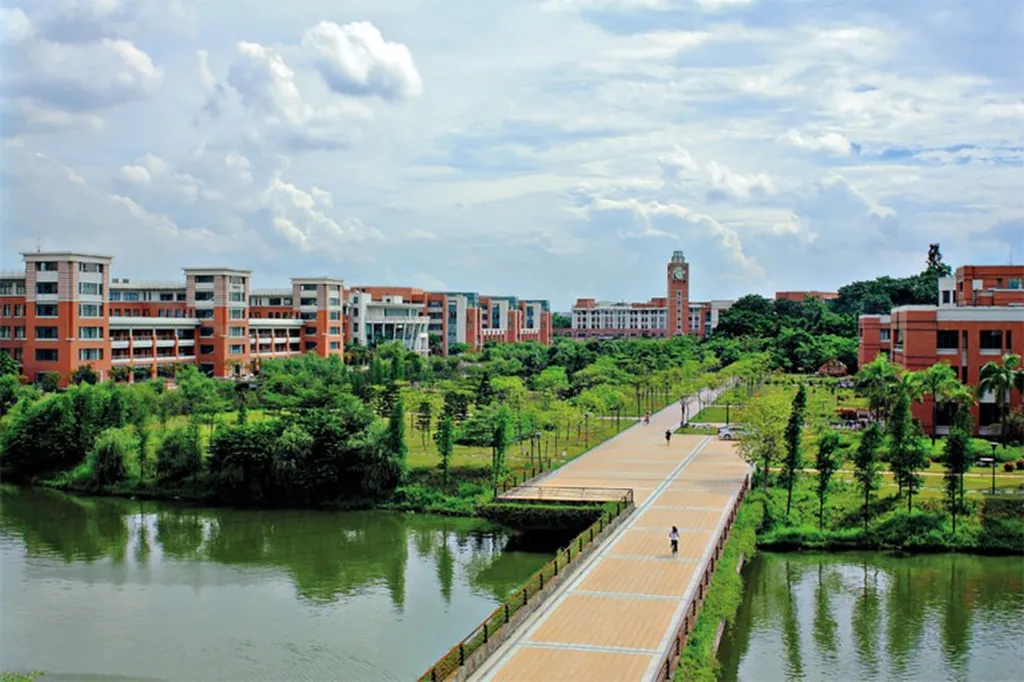In the intricate dance between infrastructure and the earth, a subtle yet critical issue has long been overlooked: the silent sabotage of sand fluidization triggered by water supply pipeline leaks. This phenomenon, which can lead to subsurface voids and ground subsidence, has been the focus of recent research led by Dr. Lin Cungang from the Guangdong Research Center for Underground Space Exploitation Technology at Sun Yat-sen University. His team’s findings, published in *Yantu gongcheng xuebao* (translated as *Rock and Soil Mechanics*), offer a fresh perspective on how to predict and mitigate this hidden threat, with significant implications for the energy sector and urban infrastructure.
The problem is not new, but the solutions have been limited. “Previous studies have mostly focused on saturated, continuously graded sand,” explains Dr. Lin. “However, real-world conditions are far more complex. We need to consider unsaturated and intermittently graded sand, as well as varying submergence levels and other factors.” His team’s research fills this gap by introducing an analytical formula that predicts the initiation flow rate of sand fluidization under different submergence levels. This formula is based on the balance of the sand’s weight and seepage forces, providing a more accurate tool for assessing risk.
The implications for the energy sector are substantial. Pipelines are the lifeblood of the industry, transporting vast quantities of water, oil, and gas. Leaks are not just an operational nuisance; they can trigger ground subsidence, leading to costly repairs and potential safety hazards. Dr. Lin’s research offers a way to predict when sand fluidization might occur, allowing for proactive maintenance and risk management. “By understanding the initiation flow rate, we can better design and monitor pipelines to prevent leaks from causing significant damage,” says Dr. Lin.
The study also challenges some conventional wisdom. For instance, the size of the leakage orifice was found to have no significant impact on the initiation flow rate. This finding could simplify risk assessments, as engineers might not need to account for this variable in their calculations. On the other hand, factors like sand particle size, grading, pipeline submergence level, and overburden depth were found to be crucial. This nuanced understanding could lead to more effective mitigation strategies, such as adjusting pipeline depth or using specific sand gradings in high-risk areas.
Dr. Lin’s team also addressed a practical scenario where there is no fixed boundary for pipe leakage and sand fluidization. They empirically modified the Ergun equation to better describe fluid pressure drop in sand under local pipeline leakage conditions. This adaptation could enhance the accuracy of predictive models, providing a more reliable tool for engineers and planners.
The research not only advances our theoretical understanding but also offers practical solutions. By validating the analytical formula through model tests, Dr. Lin’s team has demonstrated its real-world applicability. This could lead to more robust pipeline designs, better maintenance schedules, and ultimately, safer and more efficient energy transportation systems.
As cities grow and infrastructure ages, the need for such research becomes ever more pressing. Dr. Lin’s work is a step towards a future where we can anticipate and mitigate the hidden dangers lurking beneath our feet. It’s a reminder that even the most mundane-seeming issues can have profound implications, and that the key to progress often lies in asking the right questions. In this case, Dr. Lin and his team have asked—and answered—some of the most critical ones, paving the way for safer, more resilient infrastructure.

